Exploring the Versatility of Blast Furnaces
A blast furnace is an essential installation for the metallurgical industry, playing a pivotal role in the smelting of metals. This category encompasses a range of furnaces designed to meet various industrial needs, from the processing of iron to the delicate melting of precious metals like gold and silver. Understanding the capabilities and features of these furnaces is crucial for businesses seeking efficient and reliable metal processing solutions.
Types and Applications of Blast Furnaces
The application of industrial furnaces extends across different sectors, with each type serving a specific purpose. Standard models are primarily engaged in melting metals like iron, aluminum, and copper, while specialized smaller units cater to the melting of precious metals. The versatility of these furnaces is evident in their ability to handle capacities as significant as 20 tons, with operational power ranging from 180kw to a robust 2,000kw.
Technical Features and Advantages
Modern blast furnaces are engineered with advanced features to enhance their performance. They are equipped with large capacitor banks that ensure current stabilization, crucial for the smooth operation of the furnace. Safety is paramount, with integrated systems such as circuit breakers that preemptively halt operations to prevent faults. The melting process can be conducted in either open or enclosed furnaces, with some requiring dual pots for both melting and transportation of molten metal. These features collectively contribute to the efficiency and safety of the melting process.
Material Handling and Heat Management
The construction of a blast furnace is a testament to its functionality, with melting pots designed to tilt up to 95 degrees for efficient material handling. Temperature management is a critical aspect, with most furnaces capable of reaching temperatures between 2,100 to 1,750 degrees Celsius. This range is sufficient to melt a diverse array of metals, with melting speeds varying based on the metal and furnace type. Additionally, water-cooling systems are integral to these furnaces, ensuring the rapid cooling of hot metals post-melting.
Operational Control and Efficiency
Control systems such as PLCs are employed to operate blast furnaces, ensuring precision and ease of use. The induction heating method is commonly utilized for its efficiency in melting metals. Furthermore, hydraulic pressure systems are often incorporated to facilitate the tilting of the furnace pot, showcasing the harmonious integration of mechanical and electrical systems to optimize the melting process.
Choosing the Right Blast Furnace
Selecting an appropriate blast furnace is a decision that can significantly impact the operational efficiency of a business. With a spectrum of sizes and capabilities available, it is essential to consider the specific requirements of your metal processing tasks. Alibaba.com serves as a marketplace to explore a diverse array of furnaces, each designed to cater to different industrial needs without the constraints of a single brand or manufacturer.
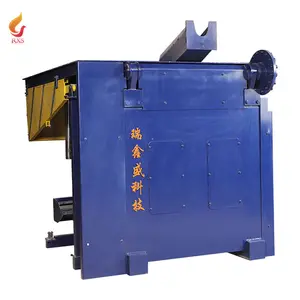




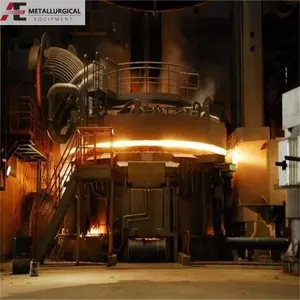



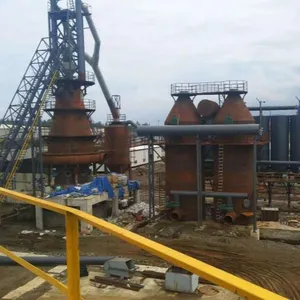


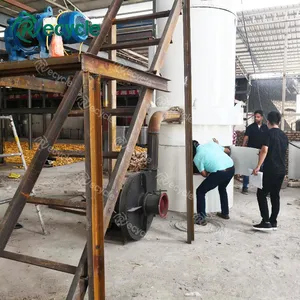
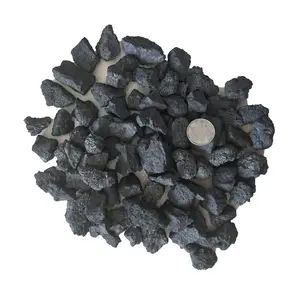




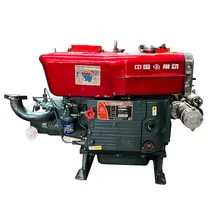
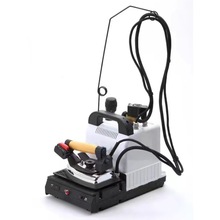
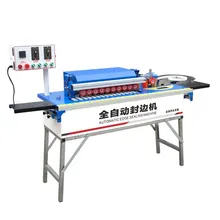


























 浙公网安备 33010002000092号
浙公网安备 33010002000092号 浙B2-20120091-4
浙B2-20120091-4